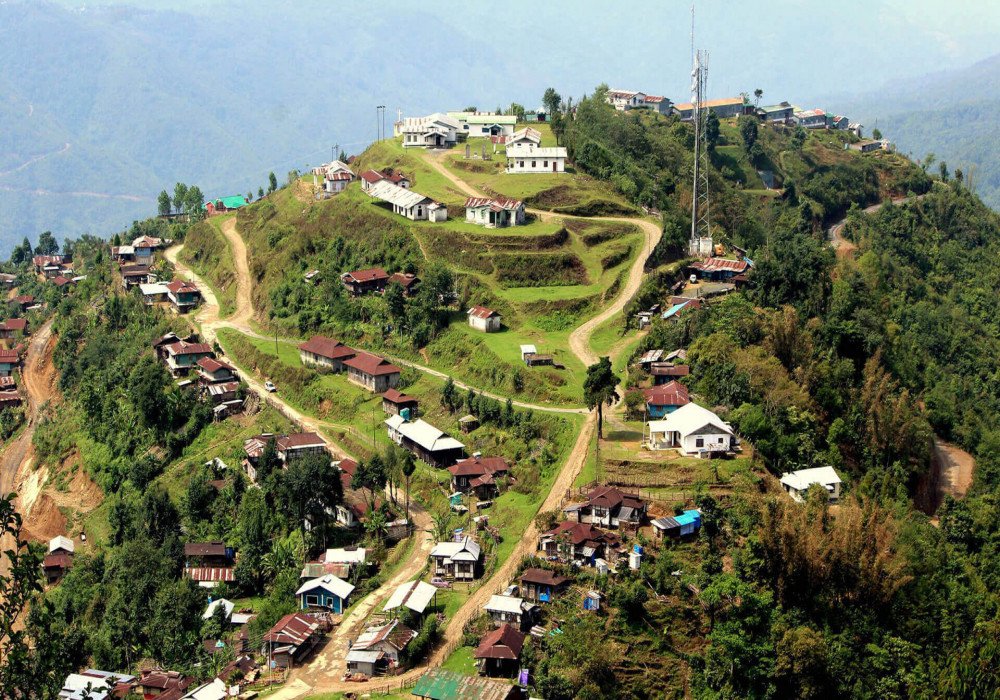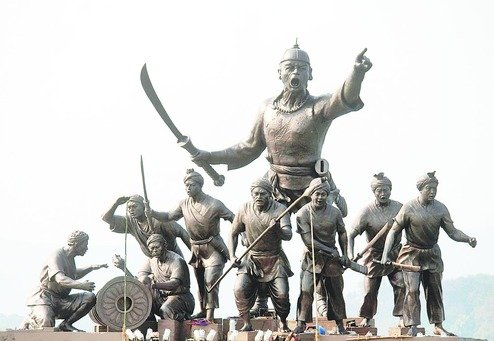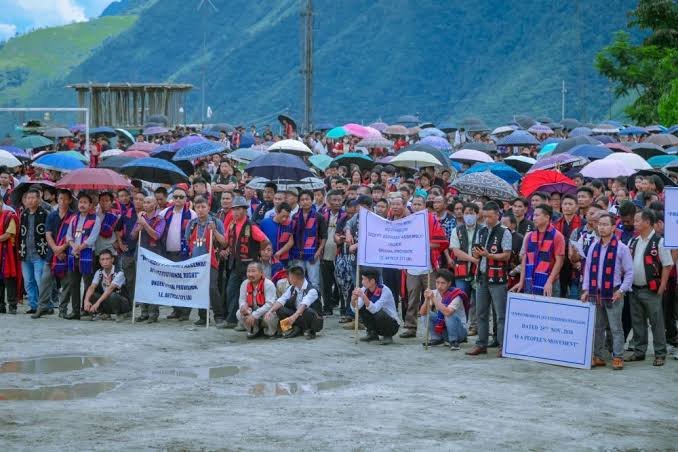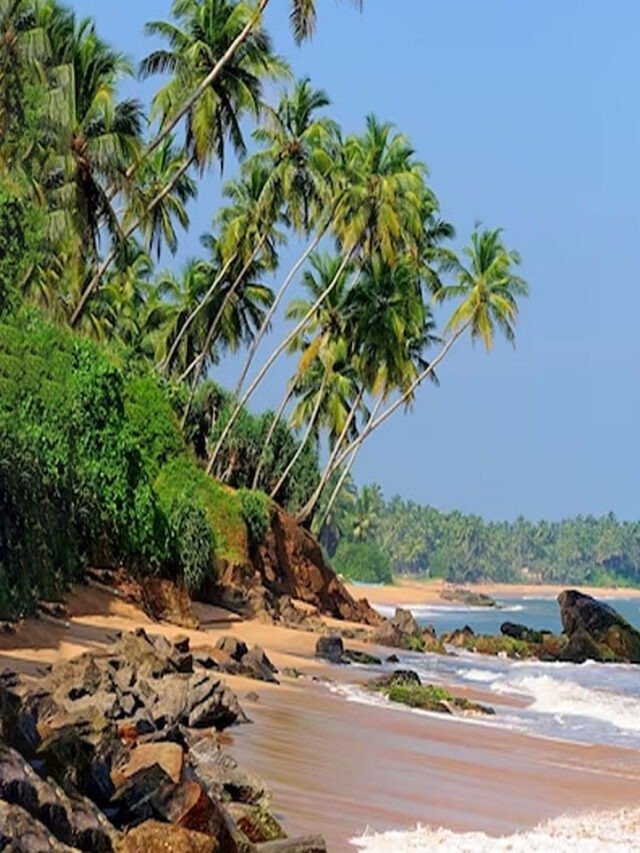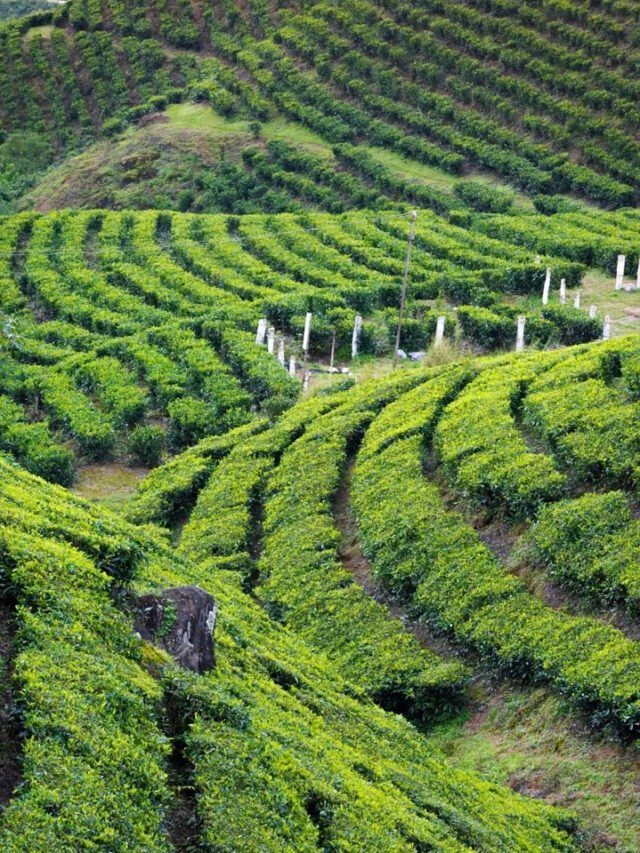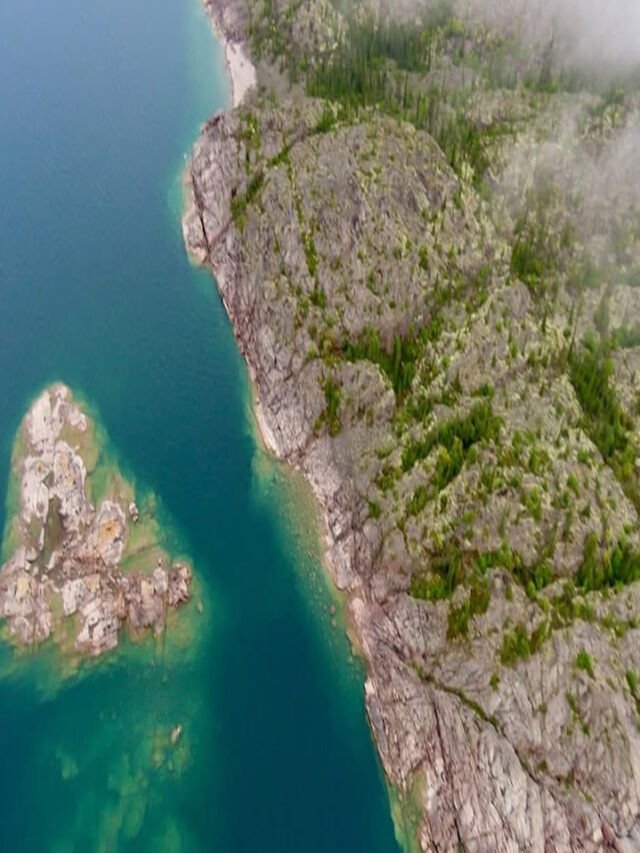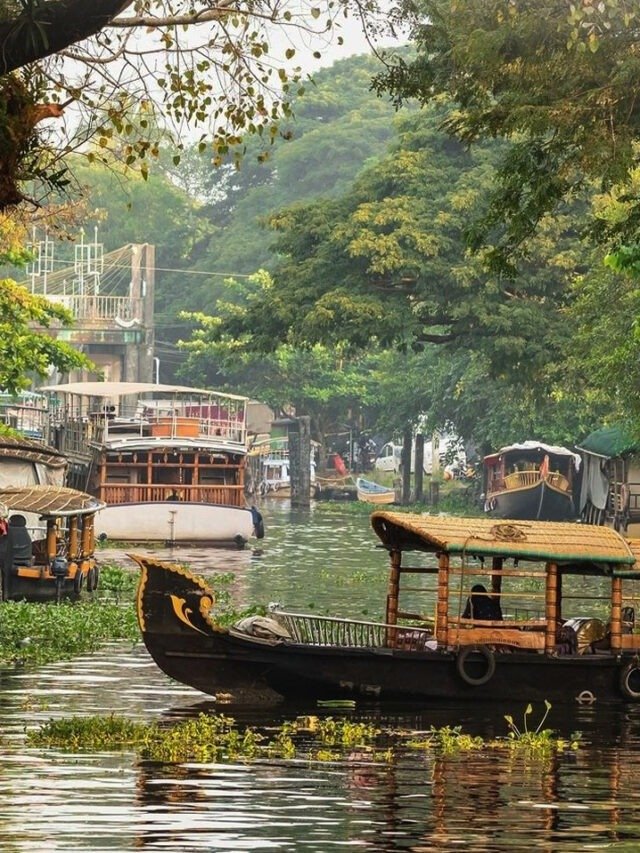Assam played an important role in the history of country’s freedom struggle. In this eastern part of India, the anti-British upsurge first made its appearance during the first half of the 19th century. Assam came under the direct British domination after the Treaty of Yandaboo in 1826. Since then on, many freedom-loving people of Assam belonging to both nobility and common masses began to feel the burning desire for freedom from the foreign domination.
Gomdhar Konwar made the first such attempt. To regain the lost freedom of the motherland, he fought against the British along with Kandura Deka Phukan, Dharmadhar, Haranath and some other nobles. In 1828, the rebels attacked the British armoury at Sadiya. The British crushed this rebellion, but could not suppress the burning desire of freedom from the heart of the people of Assam. So started renewed preparation for another revolt. This time Piyali Barphukan took the lead. He was helped by Jiuram Dulia Barua, Benudhar Konwar, Rupchand Konwar, Deuram Dihingia, Boum Chingfau, Haranath and others. With this band of followers Piyali Barphukan decided to attack the British with an attempt to burn down the British camp at Rangpur. The plan succeeded and the camp was destroyed. But the British captured Piyali Barphukan, Jiuram Barua and some others. Piyali and Jiuram were hanged and others deported for 14 years. During that time, another patriot named Gadadhar Gohain was planning an uprising with some native sepoys of the British army for and made an attempt to kill the British officials posted in upper Assam. But the British captured and imprisoned him before his plan could be materialised.
In 1857, when the Great Revolt shook the whole of the northern India, a brave and intelligent nobleman in Assam named Maniram Dewan took the lead to bring the revolt into this eastern corner. He went to Kolkata and with the help of another rebel named Madhu Mallik, he chalked out the plan for an uprising in Assam. From there he started sending letters to the last Ahom King Kandarpeswar Singha and his adviser Piyali Barua to keep them informed about the courses of the revolt. A loyal group consisting of both nobles and common people took part in Maniram’s anti-British plot. Notable among them were Mayaram Nazir, Nilakanta Choladhara Phukan, Marangikhowa Gohain, Dutiram Barua, Bahadur Gaonburha, Farmud Ali, Trinayan, Kamala Barua and others. Some Hindusthani sepoys stationed at Sahabad also gave them support. According to the plan it was decided that the native soldiers would attack the British under the leadership of the Ahom King while Maniram advanced with arms and ammunitions from Kolkata. Unfortunately the attempt failed. A little lapse on the part of the rebels led the enemy to pre-empt the plan and immediately the British captured and imprisoned many of the rebels. Maniram was taken prisoner in Kolkata. The British also arrested Kandarpeswar Singha and imprisoned him. A great number of the patriots were deported to the Andamans. On February 26, 1858, Maniram Dewan and Piyali Barua gave their lives at the gallows in Jorhat jail for ‘high treason’ against the British government.
Three years after, in 1861, a peasant uprising took place at Phulaguri in Nagaon district. The year 1894 also saw another peasant revolt at Patharughat in Darrang. In both of these events, the peasants raised bold protest against the exploitation and oppressive policy of the British Raj. The British ruthlessly subdued these uprisings and many peasants embraced martyrdom.
There was a brief lull, but the desire for freedom burned in the hearts of the Assamese people as a smouldering fire. The founding of the Indian National Congress in 1885 and the ‘Swadeshi Andolan’ after ‘Partition of Bengal’ in 1905 had great impacts on the patriotic people of Assam. With the appearance of Mahatma Gandhi in 1921 on the national scene, the freedom struggle in Assam also gained momentum along with the rest of India. Congress volunteers in thousands joined the ‘Non-cooperation’, ‘Civil Disobedience’ and other movements. The patriotic people of Assam jumped into both the unarmed movement led by Mahatma Gandhi and armed efforts of the revolutionaries. Chandranath Sarma, Nabin Chandra Bardoloi, Tarun Ram Phukan, Gopinath Bardoloi and others took the leadership of the freedom struggle in Assam.
On August 9, 1942, when Indian National Congress declared the ‘Quit India’ movement, it took an enormous shape in this part of the country. Able and efficient leaders like Gopinath Bardoloi, Bishnuram Medhi, Fakhruddin Ali Ahmed, Omeo Kumar Das, Jyotiprasad Agarwala, Hem Barua, Bijoy Chandra Bhagawati, Chandraprabha Saikiani, Puspalata Das led the movement organised by National Congress. The Socialist followers of Jayaprakash Narayan in Assam added immense momentum with their revolutionary activities. Though the ‘Communist Party of India’ (CPI) opposed the movement and rather supported the British on the pretext of their so called ‘People’s War’, the members of a small communist group named ‘Revolutionary Communist Party of India’ (RCPI) engaged themselves in the patriotic struggle and revolutionary activities against the British war-efforts. The subversive activities indulged by the volunteers of ‘Mrityu Bahini’ of great socialist revolutionary leader Sankar Barua caused much anxieties for the British government. During ‘Quit India’ movement patriots like Kushal Konwar, Tilak Deka, Kanaklata Barua, Mukunda Kakati, Bhogeswari Phukanani, Mangal Kurmi, Maniram Kachari, Hemoram Pator, Gunabhi Bardoloi, Lerela Boro, Ratan Kachari, Lakhi Hazarika, Thagi Sut, Boloram Sut, Madan Barman, Rauta Boro, Nidhanu Rajbangshi and many others laid down their lives at the gallows, firings and other atrocities of the British Raj. Their heroic sacrifices inspired not only the people of this eastern tip but the whole nation. Bishnu Rabha, Haren Kalita, Haridas Deka, Khagen Barbora, Mathura Deka, Gobinda Kalita, Chatrasing Teron, Chintaharan Kalita, Nirendra Lahiri, Uma Sarma, Suresh Bhattacharya, Sarat Rabha, Mohanlal Mukherjee, Hena Ganguli of RCPI played significant role to intensify the revolutionary efforts in this region.
When the ‘Quit India’ movement was dominating the internal scene, the great patriot revolutionary Netaji Subhas Chandra Bose attacked the British imperial force from outside with his liberation army ‘Azad Hind Fauj’ or the ‘Indian National Army’ (INA). The INA entered Indian mainland through the eastern border of Assam and liberated Moirang in Manipur and Kohima in Nagaland. The patriotic Indian soldiers fought fierce battle against the British in the hills and dales and the jungles of Imphal, Palel, Bishenpur, Dimapur and other places. Besides people from the Assam plains, many hill people belonging to Naga, Manipuri, Kuki and other tribes joined this national liberation force to fight against the British. Umesh Chandra Devchoudhury, Sridam Chandra Mahanta, Jalaluddin Ahmed, Chittaranjan Debnath, S Rahman, S Laurat Singh, Harendra Nath Mech were notable among those who joined INA from the Assam valley and fought for their Motherland.
The flame of freedom now engulfed the whole subcontinent in such a magnitude that it became impossible for the foreign rulers to extinguish the fire. So, very soon the British had to quit India and on August 15, 1947 along with the rest of the nation, Assam was also illuminated with the light of long cherished freedom.
By Rupam Barua



